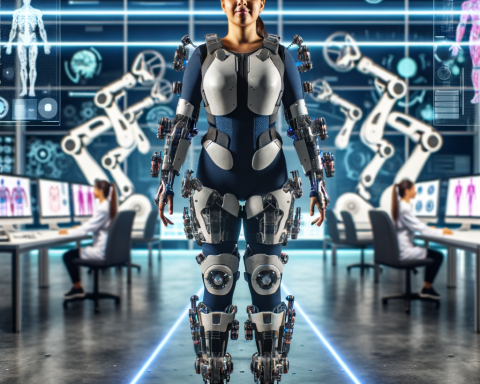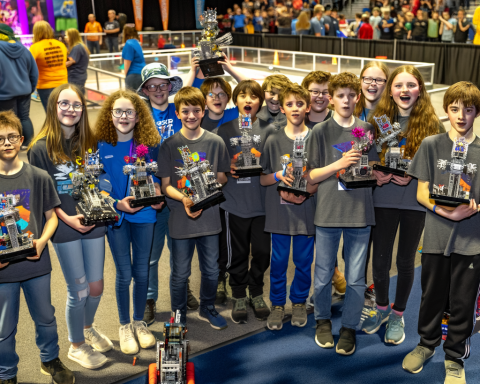Robotics Empowering Tribal Education The future of education is increasingly intertwining with technology, and nowhere is this more evident than in the
MoreRobotic Exosuit Boosts Spine Imagine a future where heavy lifting is no longer synonymous with workplace injuries, where straining your back to
MoreGUSD LEGO Robotics Event The sound of mechanical whirs, excited cheers, and the click-clacking of LEGO pieces filled the room as students
MoreAmazon’s AR Glasses Push In its constant quest for efficiency bordering on the Orwellian, Amazon is reportedly enhancing its focus on blending
More“`html Automotive Robotics Surge Transforming the Future of Manufacturing, One Robot at a Time The drive towards automation in the automotive industry
MoreAspen Robotics Team Triumphs The Aspen Middle School’s robotics team has shattered expectations, bringing home a collection of trophies at their inaugural
MoreNeya Systems AGV Cybersecurity The rise of Automated Guided Vehicles (AGVs) in various industries has ushered in new efficiencies in manufacturing, logistics,
MoreAirport Tech Innovations: How Future Airports are Setting New Standards Through Smart Tech Airports across the world are no longer just transport
MoreKansas Robotic Heart Surgery When we think of robots, typically our minds gravitate towards science fiction, space exploration, or the production lines
MoreAI Case Depalletizer Tech In the ever-evolving world of industrial automation, the spotlight now shines on cutting-edge depalletizing solutions. Among the frontrunners
More


